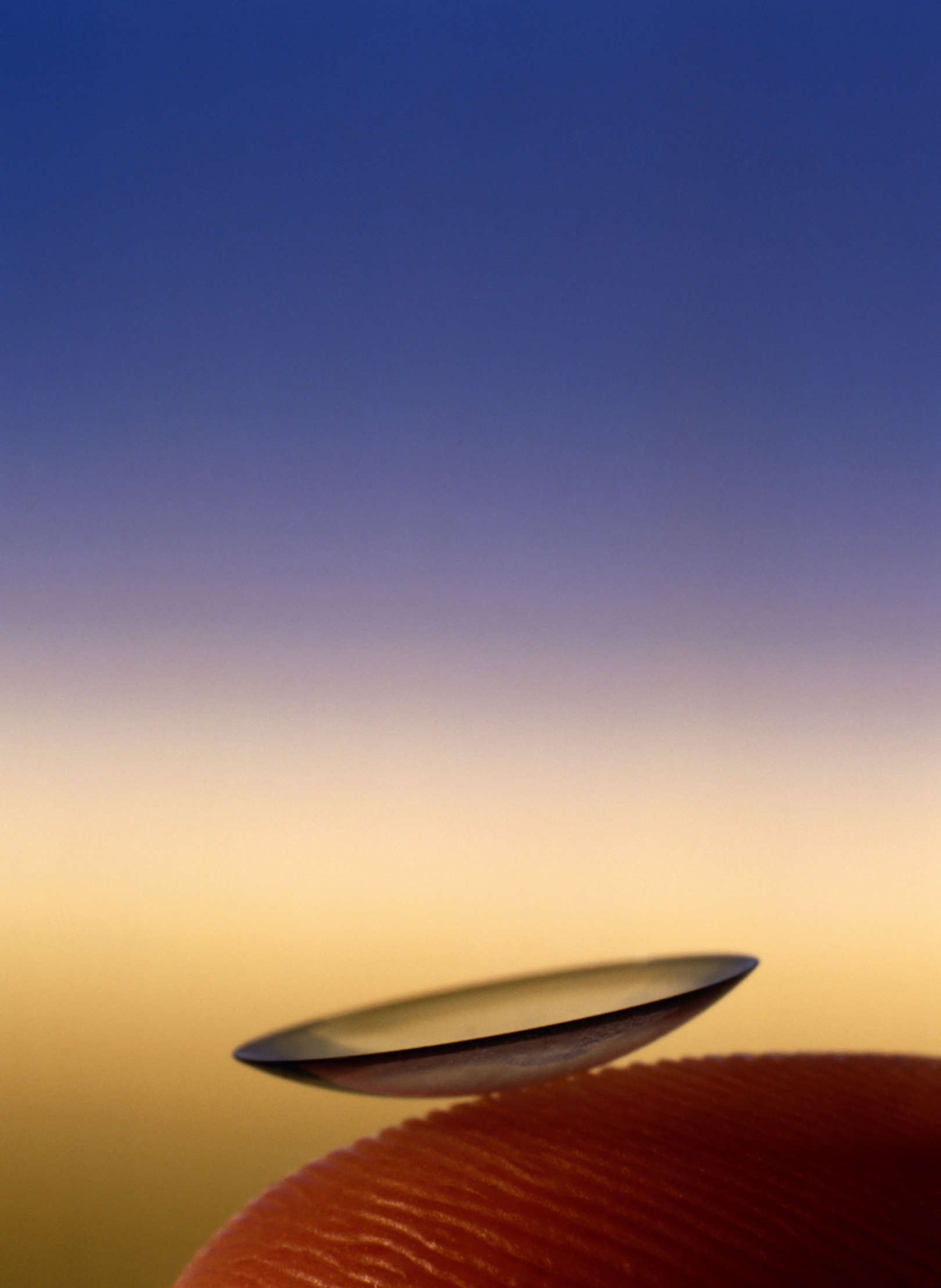About
João M. Maia received the MSc degree in Physics Engineering from the University of Porto, Portugal in 2016. He is currently a PhD Physics student in the same instituion.
In 2015 he joined the research centre INESC TEC, where he has been working on femtosecond laser micromachining and fabrication of optofluidic devices.


